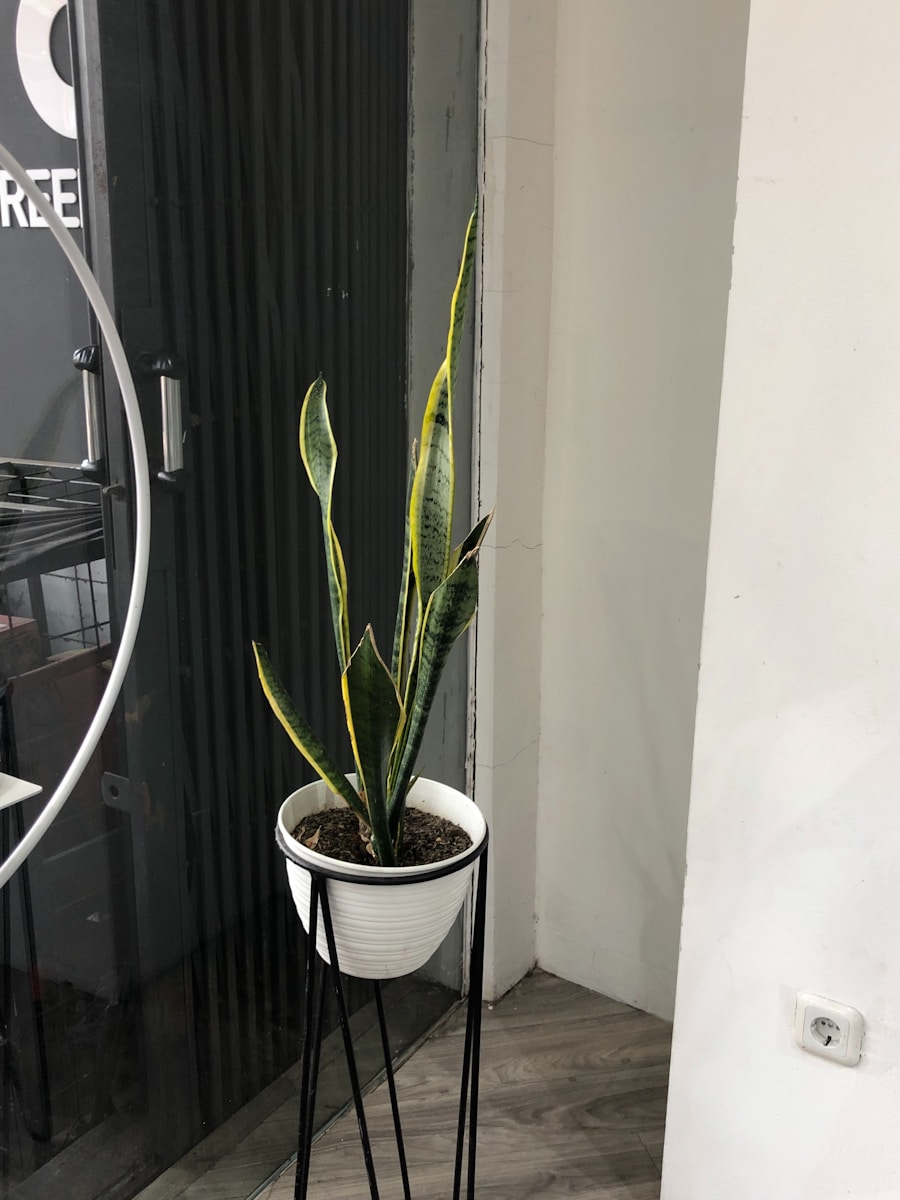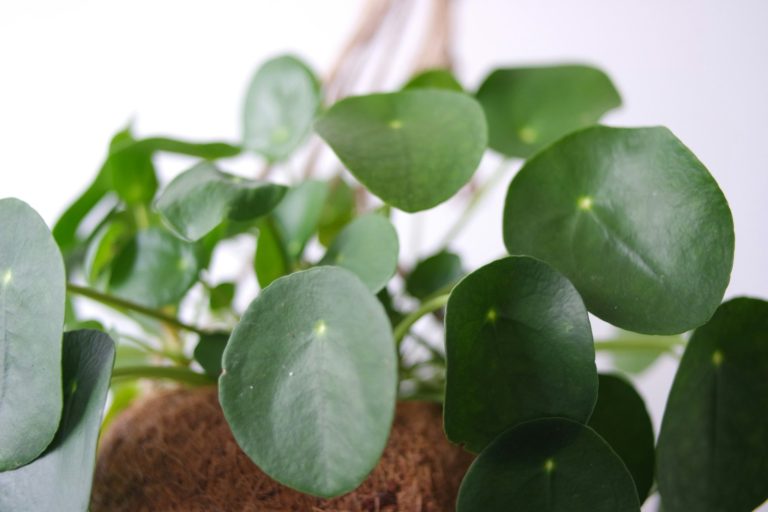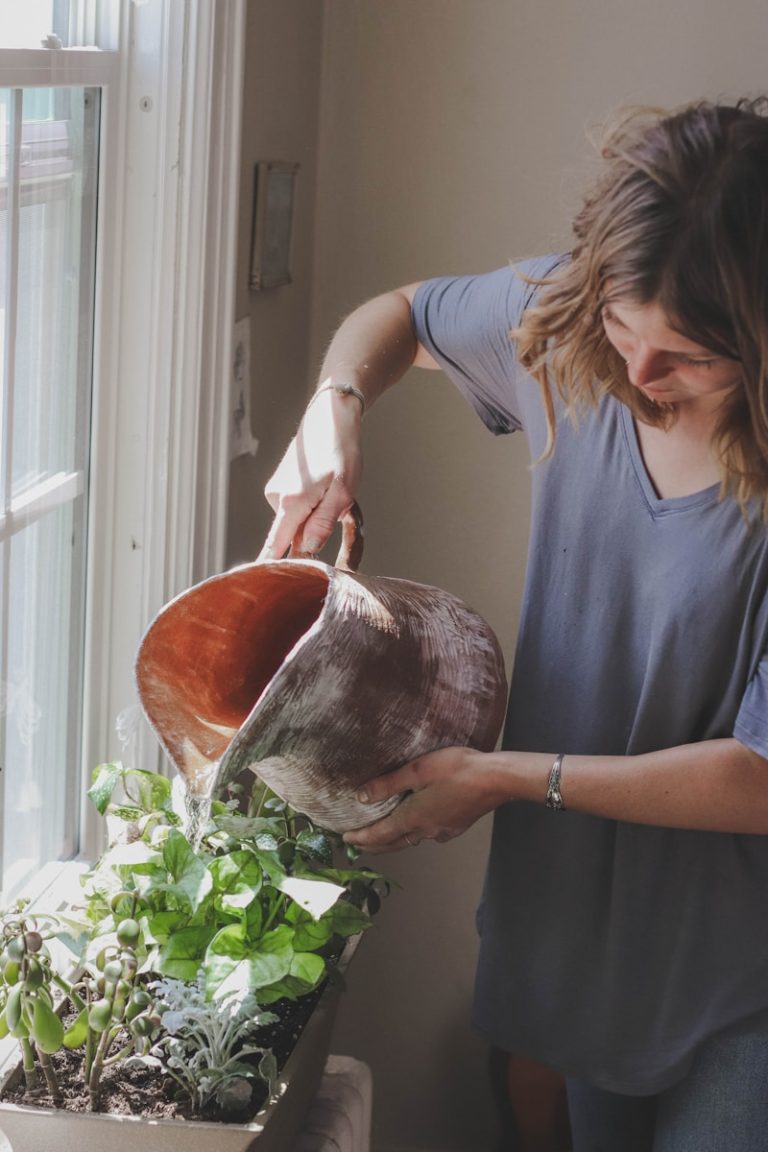Snake Plant Bottom Leaf Drop Guide for Urban Dwellers

Most bottom leaf drop in snake plants stems from overwatering and poor drainage, not the plant’s natural aging process. Urban environments create specific challenges that make proper care more complex, but understanding these factors enables successful prevention and treatment.
Understanding the science behind leaf drop
Snake plants naturally shed their oldest, bottom leaves as part of their normal growth cycle—typically 1-2 leaves annually in mature plants. This natural senescence involves the plant systematically breaking down chlorophyll and proteins in aging leaves, transporting nutrients to newer growth. However, abnormal leaf drop occurs when multiple leaves fall simultaneously, become soft and mushy, or develop black lesions before dropping.
The plant’s succulent nature and specialized water storage tissues make it particularly sensitive to overwatering. When soil remains waterlogged, root rot develops (often involving Erwinia bacteria or fungal pathogens), impairing the plant’s ability to uptake nutrients and water. This creates a cascade effect where leaves begin dropping rapidly as the vascular system fails.
Urban-specific challenges and solutions
Low light apartment conditions
City apartments typically receive significantly less natural light due to neighboring buildings, small windows, or north-facing exposures. Snake plants need bright, indirect light for 4-6 hours daily to maintain their structural strength. In insufficient light, leaves become pale, weak, and prone to falling over.
Urban solutions:
- Position plants near south or west-facing windows when possible
- Use supplemental T5 fluorescent grow lights during winter months
- Rotate plants weekly to ensure even light exposure
- Clean windows regularly to maximize available light penetration
Heating and air conditioning effects
Forced-air heating systems create extremely dry environments (10-20% humidity versus the plant’s preferred 40-50%), while rapid temperature fluctuations from HVAC systems stress plants significantly. Direct airflow from vents can dehydrate leaves and cause thermal shock.
Mitigation strategies:
- Keep plants at least 3 feet away from heating vents and radiators
- Use humidifiers or group plants together to create humid microclimates
- Monitor plants more closely during peak heating season
- Consider terracotta pots which provide better moisture regulation
Urban air quality and dust accumulation
City environments have higher particulate matter and dust levels that accumulate on leaves, blocking light absorption and impairing photosynthesis. This exacerbates low-light conditions and weakens plants.
Maintenance solutions:
- Clean leaves weekly with a damp cloth to remove dust and pollutants
- Shower plants monthly in the sink or tub for thorough cleaning
- Monitor more closely for pest issues that may be obscured by dust
Prevention strategies that work
Proper watering protocol
The cardinal rule is allowing complete soil drying between waterings. Expert horticulturists emphasize this is the single most important factor in preventing leaf drop.
- Spring/Summer: Every 2-4 weeks when top 2-3 inches of soil are completely dry
- Fall/Winter: Monthly or less—significantly reduce frequency during dormancy
- Method: Water deeply until drainage flows from bottom holes, never leaving standing water
Optimal soil and container setup
Use a fast-draining succulent/cactus mix or create your own with a 1:1 ratio of succulent mix to regular potting soil, enhanced with perlite or coarse sand. Avoid peat-heavy mixes that retain excessive moisture.
Choose containers with adequate drainage holes (minimum 2 holes for smaller pots, 3-4 for larger ones) and prefer terracotta or clay pots for their porosity. Snake plants actually prefer being slightly root-bound, so avoid over-potting.
Environmental stability
Maintain consistent temperatures between 60-85°F (15-29°C) and protect from drafts. Good air circulation is essential, but avoid direct airflow from HVAC systems.
Step-by-step treatment for active leaf drop
Immediate assessment
- Check fallen leaf bases for soft, mushy, black, or yellow areas indicating rot
- Test soil moisture by inserting your finger 2-3 inches deep—soil should be completely dry
- Inspect for pests like scale, spider mites, or mealybugs
- Evaluate environmental conditions including lighting and temperature stability
Treatment protocol
For overwatering/root rot:
- Stop watering immediately until soil completely dries
- Remove plant from pot and inspect roots—healthy roots are white and firm
- Cut away black, mushy, or smelly roots with sterile pruners
- Allow plant to dry for 24-48 hours before repotting
- Repot in fresh, well-draining soil mix
- Resume very light watering only when soil is bone dry
For natural leaf drop: Simply cut affected leaves cleanly at soil level with sterile pruners, removing only 1-2 leaves at a time to avoid shocking the plant.
If you’re removing older leaves and want to make the most of them, consider propagating them into new plants. Here’s a step-by-step guide on how to propagate a snake plant for a fresh start and more greenery in your home.
Recent expert insights for urban growers
Professional horticulturists and plant pathologists now emphasize treating underlying causes rather than symptoms. The 2023-2025 expert consensus shows that “benign neglect” with proper drainage is preferable to attentive watering schedules.
Key professional recommendations:
- Soil pH between 5.5-7.5 is optimal for nutrient uptake
- Bottom watering technique is gaining popularity among professionals for encouraging strong root development
- Winter dormancy requires dramatically reduced care—many urban growers over-care during this period
- Professional greenhouse standards maintain 70-90°F temperatures with 30-50% humidity
Urban success factors
Success in urban environments requires understanding that apartment conditions are inherently challenging for plants. Implement multiple mitigation strategies simultaneously rather than focusing on single solutions:
- Establish proper watering schedules adjusted for seasonal changes and indoor humidity
- Ensure adequate light through strategic positioning and supplemental lighting when needed
- Maintain consistent environmental conditions despite HVAC system operation
- Use appropriate container sizes with excellent drainage
- Regular maintenance including leaf cleaning and periodic rotation
The most successful urban snake plant owners understand that these plants, as arid-adapted succulents, require dramatically different care than typical houseplants. With proper understanding of urban challenges and consistent implementation of appropriate care practices, bottom leaf drop can be effectively prevented while maintaining healthy, attractive plants for decades.
Conclusion
Urban snake plant care is absolutely achievable with the right approach. By focusing on proper drainage, appropriate watering intervals, and addressing urban-specific environmental challenges, you can maintain healthy plants that rarely experience problematic leaf drop. Remember that occasional loss of older leaves is natural, but multiple simultaneous leaf drops signal care issues that can be corrected through proper environmental management and consistent care routines.


